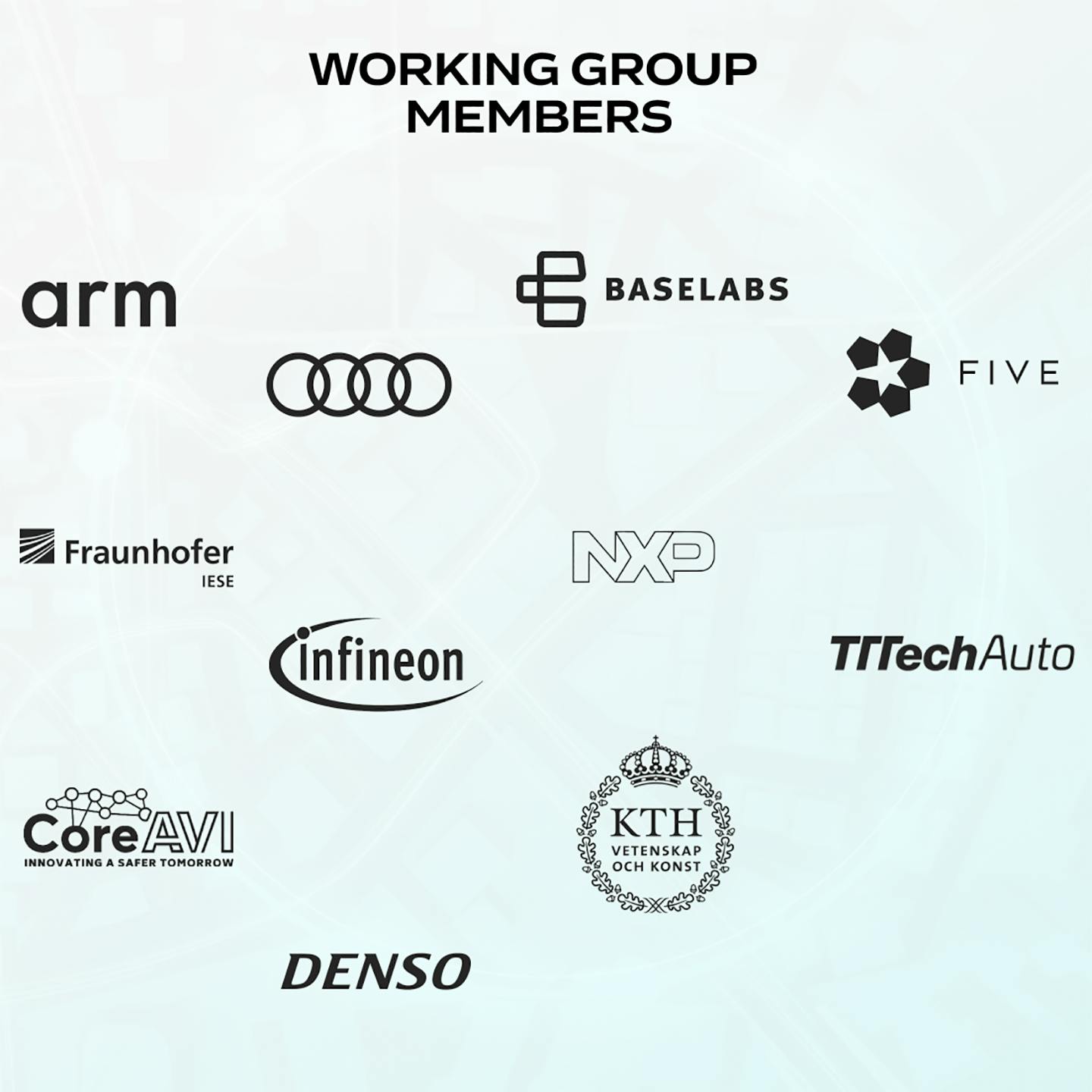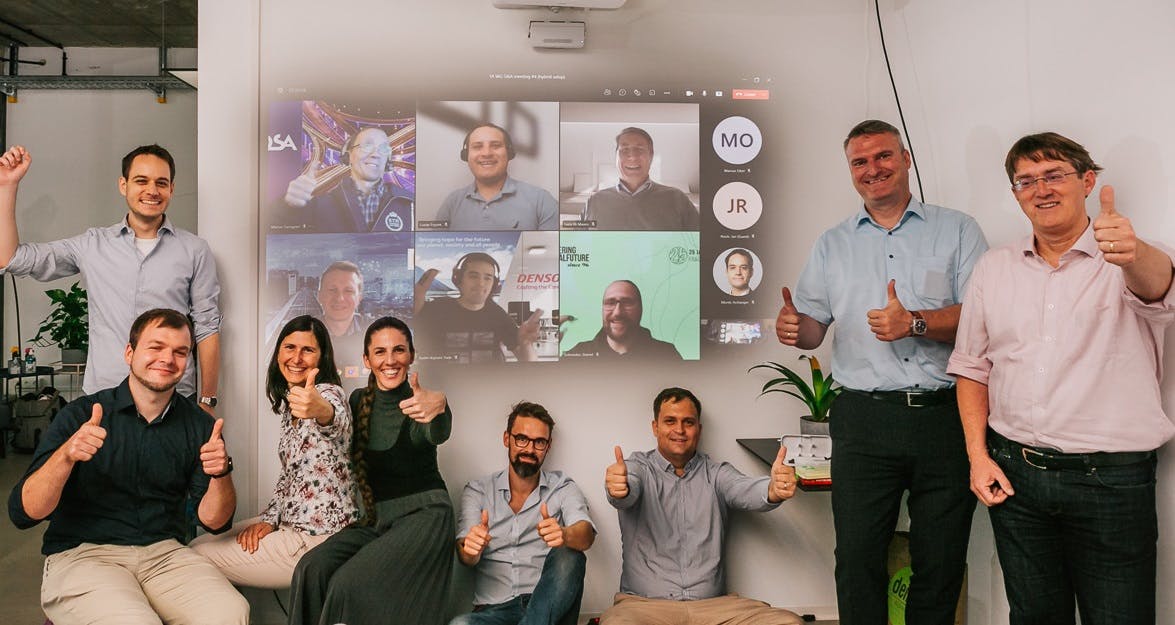Christoph Schulze is the Chairman of The Autonomous Working Group Safety & Architecture. In this article, he explains what lies at the center of our first Working Group, its main objectives, and how The Autonomous initiative differentiates from other ongoing industry activities.
The Autonomous is bringing together a diverse ecosystem of companies and institutions to help accelerate the market readiness and series development of safe self-driving cars. A significant step towards that goal is forming Working Groups (WGs) to solve specific open challenges.
The Working Group on “Safety and Architecture” addresses one of those open challenges: defining the state-of-the-art safety architecture for safe self-driving cars, and more precisely, for an SAE Level 4 Highway Pilot. Looking at the autonomous driving roadmap of major OEMs, we are convinced that the Level 4 Highway Pilot feature will become highly relevant within the upcoming years.
Therefore, we are now working to formulate an architecture on a conceptual level, i.e. on system level without further specifications concerning HW and SW. For this formulation, we have decided to use the concept of Fault-Containment Units (FCUs). Our assumption is that FCUs fail independently from each other, and the architecture shall allow the sole failure of one FCU, without corrupting the whole system. An example of such a conceptual architecture is shown in Figure 1 below.

Figure 1
The Working Group objectives
The main objective of the Working Group is the incremental production of a final and public report until the end of 2022 containing the following:
- Collection and description of relevant autonomous driving (AD) use cases with a focus on an SAE Level 4 Highway Pilot as our reference feature
- Dependability goals and KPIs (metrics) for architecture evaluation
- Set of architectural solutions for the given problem statement, critical review and comparison from different vantage points
- Safety argumentation for the best match candidate architecture(s)
- Considerations concerning HW and SW mapping for the candidate architecture(s)
- Choice of one of the architecture candidates as reference architecture solution
- Evaluation of our reference architecture concerning the match of AD uses cases different to our reference feature
- Thoughts concerning scalability in general and specific to our reference architecture
- Analysis of means for validation of our reference solution and their limitations
At the very center of our work are the so-called channels. Each one of the currently 11 planned channels focuses on one specific topic and the corresponding report section. Our philosophy is to have those Working Group channels being led by various Working Group members – ideally fitting their respective core interests and expertise. All Working Group members are thus encouraged to actively contribute their own ideas and have a direct impact on the final outcome and recommendations.
In general, we will be focusing on the data processing between sensors and actuators. We see concrete design solutions (hardware and software) as exciting topics for potential follow-ups of the current iteration of our Working Group. It’s also important to mention that we won’t be addressing security aspects – a highly relevant topic for a potential parallel Working Group.
How are we different?
At The Autonomous, we are aware that there are currently numerous ongoing activities in our domain, alliances, technical and standards bodies assessing the safety of automated vehicles. We have investigated them thoroughly and carefully and determined how we relate to each one of these industry activities. Please find below our evaluation in Figure 2, also downloadable here.

Figure 2
Our Members
The Working Group Safety & Architecture includes members with diverse approaches and focuses on the autonomous driving ecosystem. We are happy to unite OEMs, semiconductor producers, TIERs, research and academic institutions.

What does a Chairman do?
As Chairman of the Working Group Safety & Architecture, my role involves everything needed to enable our members’ fruitful cooperation. This includes maintaining our cooperation platform, setting up meetings and agendas, collecting and assigning action items, structuring the work packages, aligning external interfaces, and representing our working group to the industry.
Join our journey to safe autonomous vehicles!
Over the course of my career in the automotive technology field, I have observed that any technical innovation must significantly increase safety and comfort to be socially accepted. This is especially true for individual transport. We know that autonomous driving innovation imposes a couple of challenges – regulatory, social, and technical. I am convinced that this innovation can only be brought to the road by uniting people with different knowledge, technical expertise, and economic backgrounds.
In this working group, we want to jointly build the basis for further cooperation by taking the first step to breaking down the problem of autonomous driving into smaller parts.
If you are interested in joining us on our journey, I would be pleased to discuss your options. Don’t hesitate to get in touch with me via christoph.schulze@tttech-auto.com.

